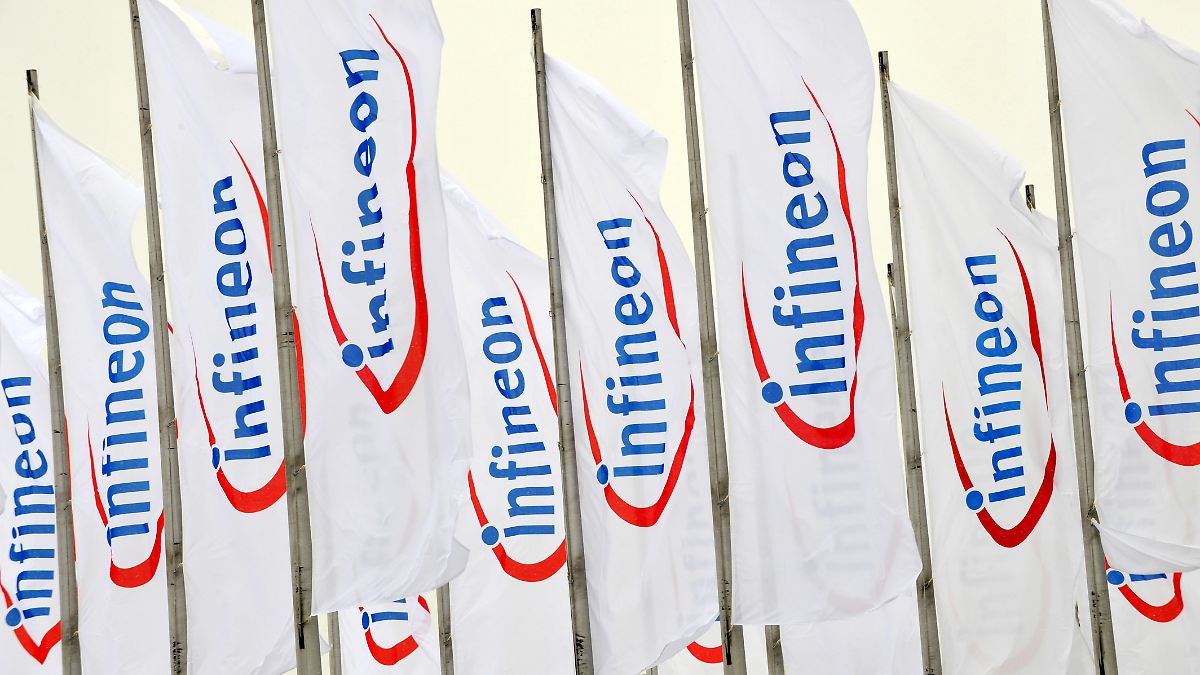The financial seas are rough, and Infineon Technologies navigates through stormy waters. With unpredictable market conditions and financial turbulence, the once steady voyage now faces immense challenges. For investors attracted to high-risk scenarios, the current Infineon Technologies Financial Outlook presents a crucial question: should you steer your investment into this storm or seek safer alternatives?
Let’s dive into the financials and assess whether it’s worth the risk, or if it’s time to divest and seek calmer waters.
Infineon Technologies Financial Performance
Infineon Technologies has shown resilience in a challenging market environment. For the first quarter of the fiscal year 2025, the company reported revenue of €3.42 billion, a decline from €3.92 billion in Q4 FY 2024. Despite this drop, Infineon remains optimistic about its long-term growth, driven by strategic initiatives and market demands. For more details.
Key Financial Figures:
- Q1 FY 2025 Revenue: €3.42 billion
- Q4 FY 2024 Revenue: €3.92 billion
- Segment Result for Q1 FY 2025: €573 million
- Segment Result Margin: 16.7%
Infineon Technologies Share Performance
Infineon’s shares have experienced some fluctuations recently. As of February 4, 2025, the share price stood at €34.04, reflecting an 8.91% increase from the previous close. The company’s market capitalization is €40.82 billion, with a price-to-earnings ratio of 23.14 and a dividend yield of 1.12%.
Share Performance Highlights:
- Share Price: €34.04 (up 8.91%)
- Market Capitalization: €40.82 billion
- Dividend Yield: 1.12%
- Price-to-Earnings (P/E) Ratio: 23.14
Infineon Technologies Market Trends
Infineon Technologies is well-positioned to capitalize on several growth drivers, despite the current market challenges. The increasing use of artificial intelligence is driving demand for Infineon’s power supply solutions for AI data centers. Additionally, the automotive electronics and Internet of Things (IoT) sectors present significant growth opportunities.
Growth Drivers:
- Artificial Intelligence (AI): Demand for power supply solutions in AI data centers.
- Automotive Electronics: Expansion in smart vehicle technology.
- IoT Applications: Growing need for connectivity and embedded solutions.
Infineon Technologies Competitors
Infineon Technologies faces competition from several key players in the semiconductor industry, including:
- NXP Semiconductors: Specializing in connectivity solutions for embedded applications.
- Texas Instruments: A major player in analog and embedded processing semiconductors.
- Intel Corporation: Renowned for its processors and other semiconductor technologies.
- Samsung: Notable for both consumer electronics and semiconductor manufacturing.
- TSMC: The world’s largest dedicated independent semiconductor foundry.
Invest or Divest?
The decision to invest in or divest from Infineon Technologies depends on your investment horizon and risk tolerance. Here are some factors to consider:
Reasons to Invest:
- Strong Market Position: Infineon is a key player in the semiconductor industry, which is expected to see significant growth.
- Strategic Partnerships: Recent partnerships indicate proactive steps towards innovation and growth.
- Long-term Growth Potential: The semiconductor market is projected to grow at a significant rate, driven by AI, automotive electronics, and IoT applications. For the latest updates and financial news on Infineon, visit the Financial Times – Infineon.
Reasons to Divest:
- Short-term Revenue Decline: The recent decline in Infineon’s quarterly revenue might concern short-term investors.
- Market Volatility: The semiconductor industry is cyclical and can be affected by external factors such as geopolitical tensions and supply chain disruptions.
- High Inventory Levels: High inventory levels can be a headwind for sales in the short term.
For long-term investors willing to ride out short-term volatility, holding onto Infineon Technologies shares might be a wise decision given the company’s strong market position and growth potential. However, for those concerned about short-term fluctuations and market volatility, divesting might be a better option to minimize risk.






